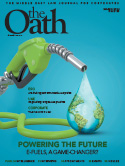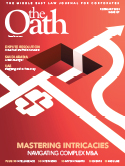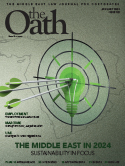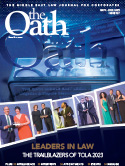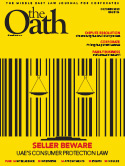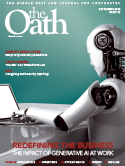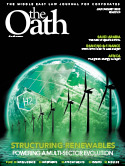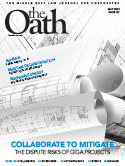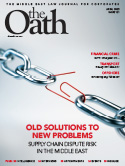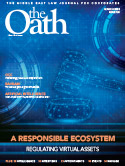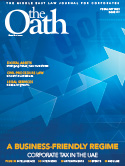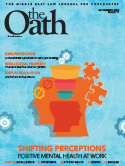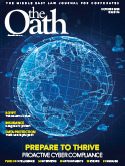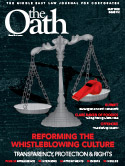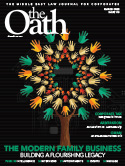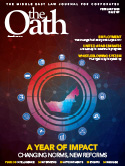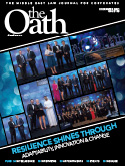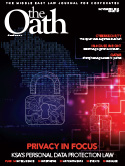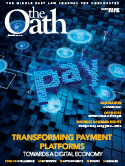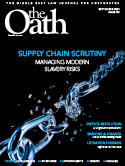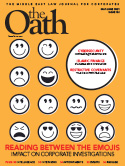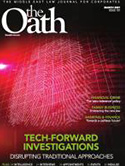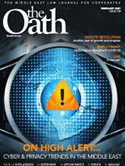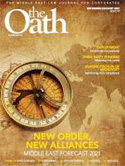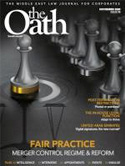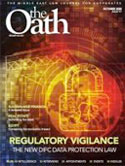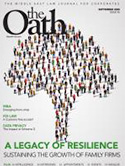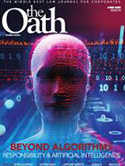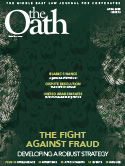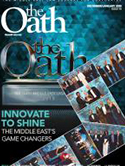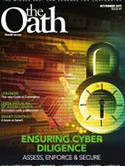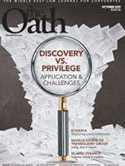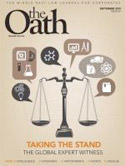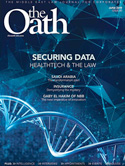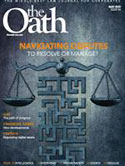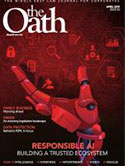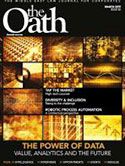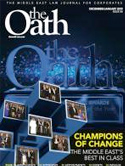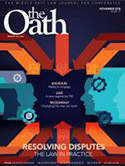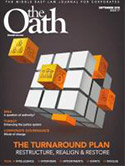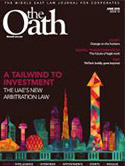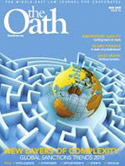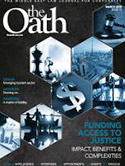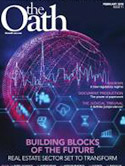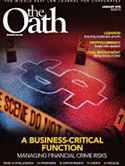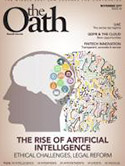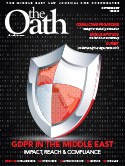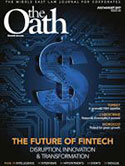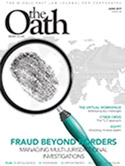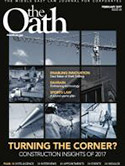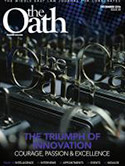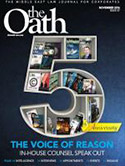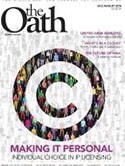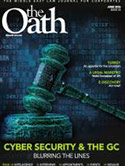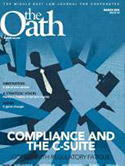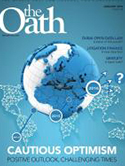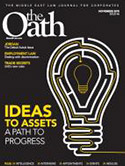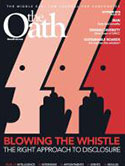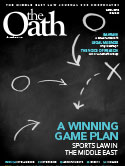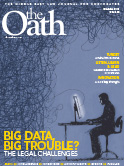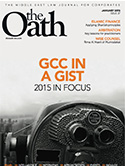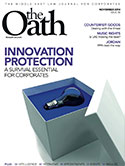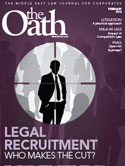AI in Legal Technology
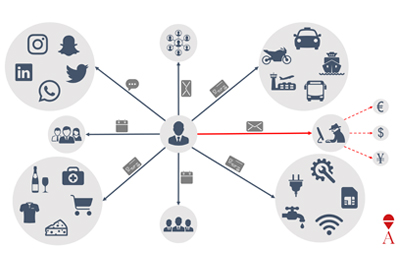
Artificial Intelligence does not allow us to create “robot lawyers” just yet, but it helps legal professionals to be more efficient, writes Wendy Robinson of Accuracy.
Legal professionals weighing the cost and time it takes to get to the facts of any legal matter are increasingly using technology to quickly find key information or evidence. Artificial Intelligence (AI) has transformed the landscape of legal technology tools by providing speedy insights into large volumes of documents or emails. Legal teams can benefit from this regardless of their size, sophistication or budget.
Before introducing some recent AI tools below, it is worth pointing out that AI tools are always reliant on human interface. The subject matter experts’ input is the most important driver in determining the quality of the AI’s output. We are still many years away from AI robots replacing lawyers or investigators, but AI can make them more efficient by helping to target what is important or relevant.
Technology Assisted Review
Technology Assisted Review (“TAR”) is a branch of AI that uses machine learning to help a legal or investigation team rapidly review large volumes of documents. TAR “observes” the criteria that a human reviewer uses to determine if a document is relevant to a particular matter. TAR can then:
- Suggest a document’s coding or category (usually a simple Relevant or Not relevant); and
- Prioritise documents, putting the likely most relevant documents first in the queue for the human reviewer.
TAR makes such determinations based on a particular threshold of confidence in its ability to predict the outcome of a human review of that document. The legal team can measure the quality of the TAR’s suggestions by reviewing a sample of the TAR’s decisions.
With every review decision, or quality check of a TAR decision that a lawyer or investigator makes, they teach the TAR what to look for. This iterative process of review and quality checking continues until all (or a statistically significant proportion) of the relevant documents are reviewed or coded within a suitable threshold of confidence by the TAR. A particular benefit is that the material that is not relevant does not need to be looked at.
TAR is not error free, but has been shown to be more accurate and consistent than a human reviewer[1]. International courts (e.g. US, UK and Ireland) have accepted the use of TAR since 2012.[2] In the UAE, I personally have supported a review for privilege using TAR across a company’s data which comprised more than 12 million documents. TAR enabled the parties to complete the process of identifying the privileged documents in a matter of months, rather than years of humans reviewing each document.
Concept Clustering
Concept Clustering is an AI-based method to quickly understand and visualise the different high-level concepts contained in a large document set. The AI groups documents with others of similar content, concepts or ideas. The legal team can use this to quickly determine which clusters are likely to contain pertinent documents, or which are completely irrelevant (such as newsletters, or conversations about fantasy football).
The context of language is significant when looking for relevance, and Concept Clustering “understands” context. In many disputes, both sides agree to a set of keywords in order to target the documents that they will collect or review in the matter. Concept Clustering can be used to separate documents containing the keyword Green into clusters about golf or renewable energy sources depending on the larger context of the discussion, including clusters of words that may be thematically linked but are not strictly responsive to keywords. Legal teams can use Concept Clusters to revise the keywords, or perhaps to assign different subject matter experts to each high-level cluster, according to the relevant facts in the matter.
Legal teams may also use Concept Clustering as a means to batch or queue similar documents together for review. By reviewing related documents together, reviewers will make more efficient and consistent decisions.
Sentiment Analysis
Emotionally charged language is often apparent in evidence presented in litigation or investigations. AI tools that use Sentiment Analysis can rapidly identify communications or documents containing such language. Sentiment Analysis is the ability to segregate content by scoring the language used based on aspects such as:
- polarity (positive, negative or neutral);
- emotions (happy, sad, angry);
- spectrum of urgency.
The AI segregates emotive language such as “My bonus this year was appalling”, or “God will forgive me” from more neutral sentences like “Let’s speak on Wednesday”. The AI also applies Sentiment Analysis across a number of different languages, besides English.
Communication Network Analysis
Communication Network Analysis is a means to understand how a person of interest or bad actor communicates, and with whom. The analysis uncovers communication patterns around individuals or topics. It typically uses graphical, visual displays so that patterns or anomalies quickly become apparent. Communication Network Analysis can also be particularly effective when considering the three elements of the Fraud Triangle (a model that seeks to explain why people commit fraud in the workspace): Pressure, Opportunity and Rationalisation. Finding communications around each of these elements when more than one employee is involved is often vital to understanding the events and the actors associated with the fraud.
Collaboration among the Legal Team and Technical Experts
Technical experts who understand these AI tools work closely with the legal teams to plan for and use the most appropriate tools on a case-by-case basis. People, rather than technology, should always be in the driving seat as there is seldom a “one-size fits all” toolbox. The AI tools can be used very effectively even when a case involves just a few thousand documents, allowing the legal team to focus on providing expert advice, rather than trawling through hordes of irrelevant material. If you would like to see how the AI tools work in practice, or if you have a specific application in mind, please do get in touch with the Accuracy team for more information.
Text by:
Wendy Robinson, senior advisor, Accuracy
Footnotes:
[1] Maura R. Grossman & Gordon V. Cormack, Technology-Assisted Review in E-Discovery Can Be More Effective and More Efficient Than Exhaustive Manual Review, 17 Rich. J.L. & Tech 11 (2011).
[2] – Decision in Da Silva Moore v. Publicis Groupe (Southern District of New York, 2012);
– Decision in Pyrrho Investments Ltd. v. MWB Property Ltd., 2016 EWHC 256 (Ch)
– High Court of Ireland: Irish Bank Resolution Corp. v. Quinn, [2015] IECH 175







